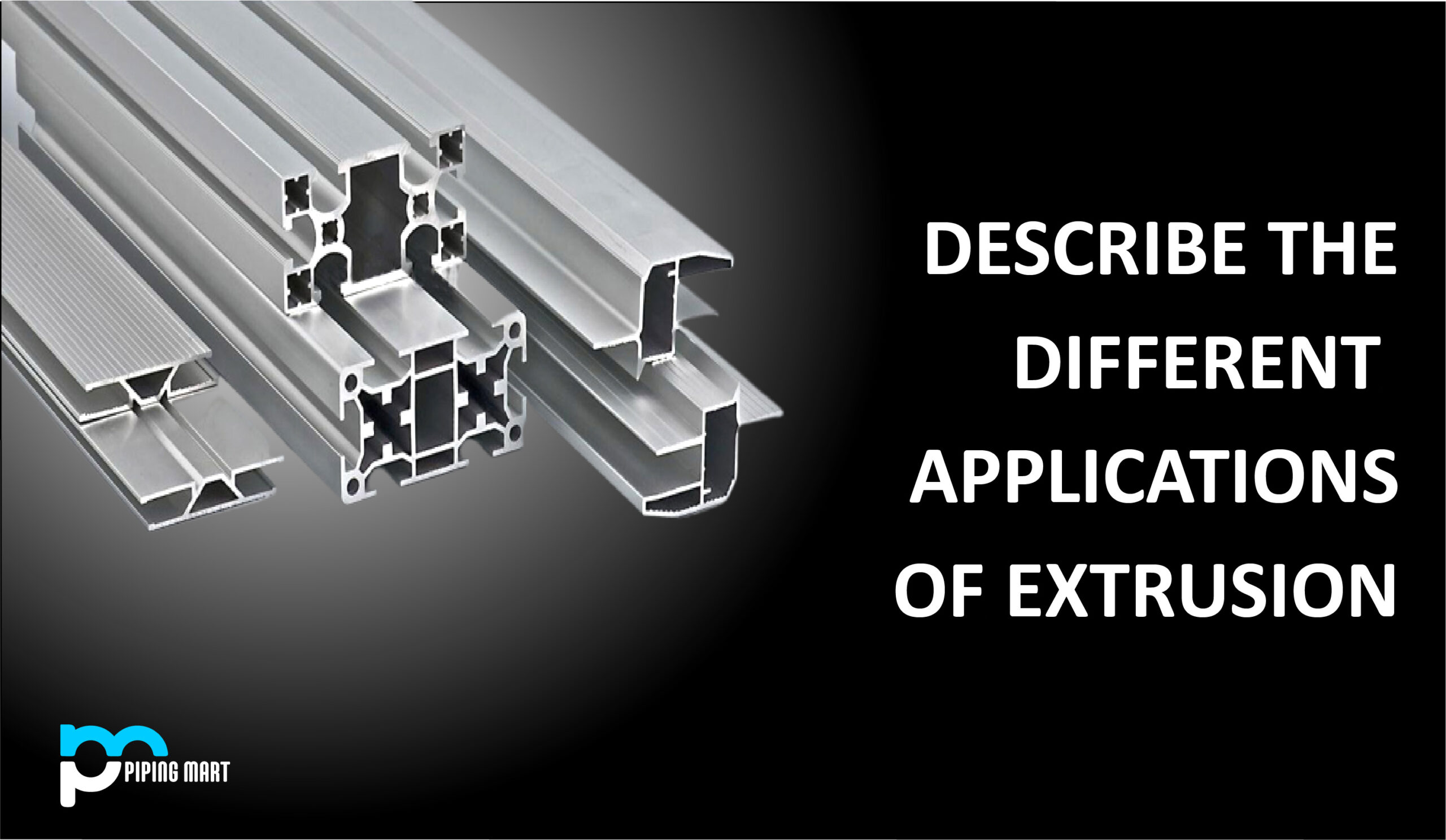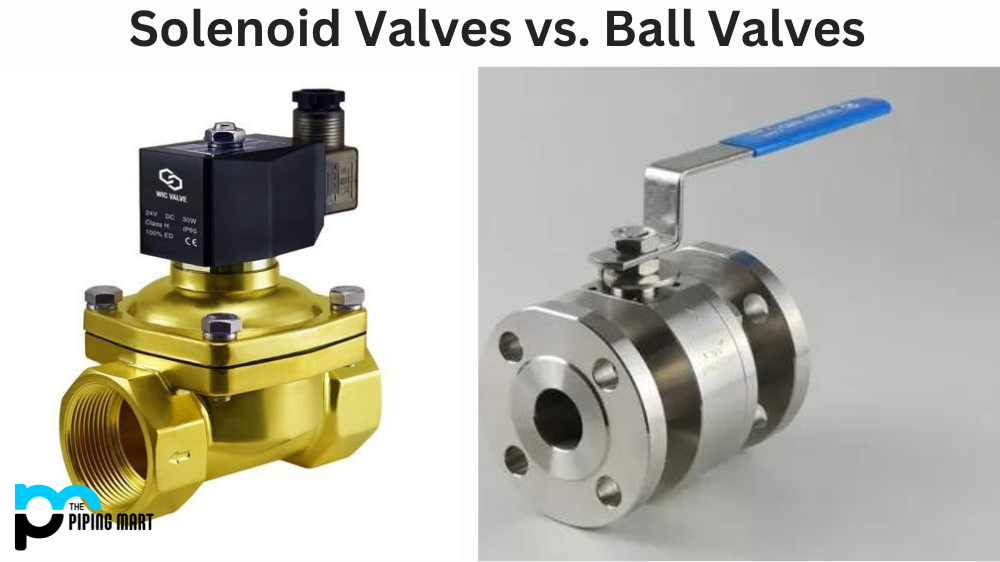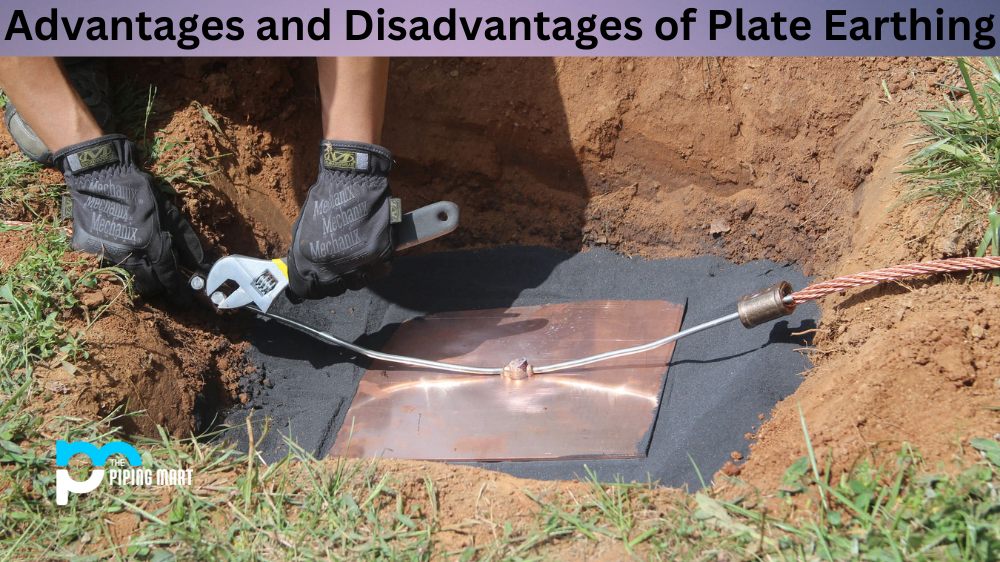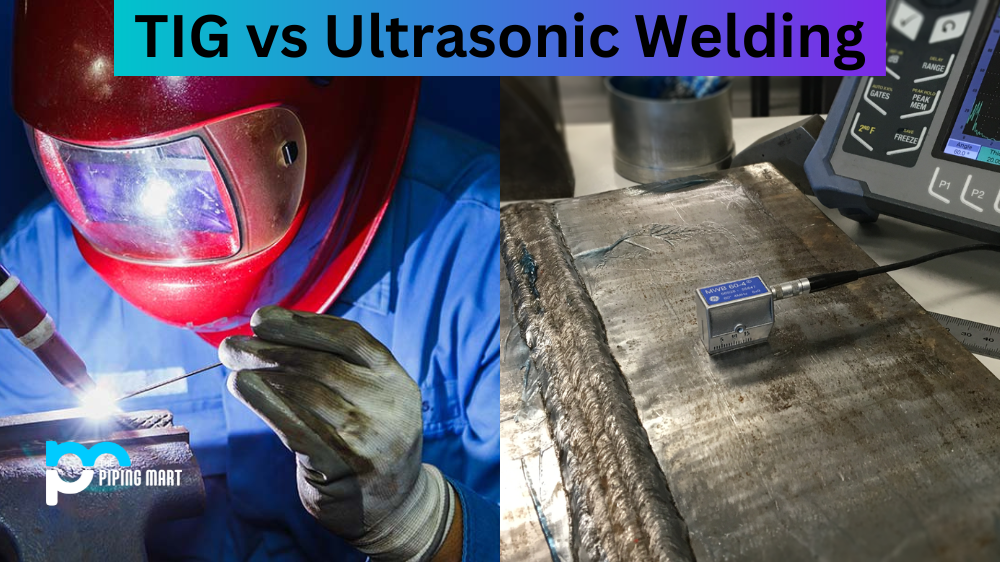Equipment used for extrusion
Extrusion movement with relation to the ram, either directly or indirectly. When the die is kept still and the ram advances in its direction, extrusion occurs. In contrast, indirect extrusion occurs when the ram is held still and the die is moved in the direction of the ram—either a vertical or horizontal press position. Either a mechanical or hydraulic type of drive. Loads that are applied, either hydrostatically or conventionally (variable).
A single or twin-screw auger with an electric motor or a ram with hydraulic or oil pressure in extrusion machinery. Modern hydraulic presses are used in most direct or indirect extrusion machines. However, some still use modest mechanical presses. These hydraulic presses come in two varieties: accumulator water drives and direct-drive oil presses.
One of the most popular types is the direct-drive oil press, which is reliable and robust. They have a 35 MPa delivery capacity (500 psi). The mechanism applies consistent pressure to the billet. However, the extrusion machinery operates at a sluggish speed of 50 to 200 mm per second.
Compared to direct-drive oil presses, accumulator water presses are more extensive and expensive. They lose around 10% of their pressure throughout the stroke, but they operate at a significantly higher rate, up to about 380 mm per second. They are used for extruding steel because of this. Additionally, accumulator water drives can be employed with materials that need extremely high temperatures for safety.
What are the applications of extrusion?
- Extrusion is typically used to create hollow pipes and tubes.
- In many different industries, aluminum extrusion is used for building projects.
- The manufacturing of frames, various doors, windows, etc., is done using this procedure in the automotive industry.
- Plastic Products are frequently produced via extrusion.
Advantages and Disadvantages of Extrusion
Advantages: Here are a few benefits of the extrusion process:
- The extrusion technique has a wide variety and complexity of items that it may create.
- Die-making is comparatively straightforward.
- One pass is all that is required for the extrusion to be finished. Rolling is an exception to this.
- A very sizable amount has reduced extrusion.
- Automation of the extrusion process is simple.
- Extrusion is a simple procedure that may readily generate large diameter, hollow items, thin-walled tubes, etc.
- Extruded Products are known for their outstanding dimensional and geometrical accuracy and good surface finish.
Disadvantages: The following are extrusion’s drawbacks:
- Changes to the product’s size.
- One type of cross-section at a time is all that can be used to accomplish product restrictions.
- The setup’s considerable initial cost.
What are the materials used in extrusion
Materials for extrusion can include metal, wood, plastic, and ceramic. They are explained below.
- Metal: Metal is one of the most often used materials in extrusion operations. The types of metals determine the operating temperature, and the desired property also plays a role. The many metal types used in an extrusion process are listed below.
- Aluminium: The most popular material for extrusion is aluminium, which can be produced either hot or cold depending on how the process is carried out. Heating ranges from 575 to 1100 °F. (300 to 600 °C). The profiles for tracks and frames, along with rails, mullions, and heat sinks, are among the aluminium-extruded Products.
Extruded parts for engineering, automobiles, pipe fittings, and corrosion-resistant rods are frequently made of brass.
Pipes, wires, rods, bars, tubes, and welding electrodes are all extruded using copper; working temperatures for this range from 1100 to 1825 °F (600 to 1000 °C).
At a maximum temperature of 575 °F, pipes, tubes, wire, and cable sheathing are extruded using lead (300 °C). In the vertical extrusion method, molten lead may be used in place of billets.
Magnesium is frequently used to extrude aircraft parts and components for the nuclear sector at a working temperature of 575 °F (300 to 600 °C). This material can be extruded to a degree that is practically equivalent to aluminium.
At temperatures between 400 and 65 °F, zinc is commonly used for fittings, handrails, hardware, tubes, bars, and rods (200 to 350 °C).
Steel is used in tracks and rods between 1825 and 2375 °F (ranging from 1000 to 130 °C). Although simple carbon steel can be extruded, alloy steel and stainless steel cannot.
Additionally, titanium is used for structural parts of aeroplanes, like seat tracks and engine rings—working temperatures for this range from 1100 to 1825 °F (600 to 1000 °C).
- Plastic: Another material frequently used for extrusion is plastic. They are commonly used as plastic pellets or chips, typically dried to remove moisture. The material is fed into the hopper of the extrusion apparatus, where it is heated to a molten condition using a mix of heating sources and shear heating from the extrusion screw. The resin is forced through a die by a screw, or screws in the case of twin-screw extrusion, giving the resin the required shape.
When the extrudate is sent through the die or water tank, it cools and solidifies. A caterpillar haul-off is used to create strain on the extrusion line, enhancing the extrudate’s overall quality. However, the caterpillar haul-off offers a reliable pull. Pelletizes can also provide this strain when pulling extruded threads to be cut. Otherwise, there will be vibration in the cut length or a warped result.
- Ceramic: Using extrusion, ceramic may also be shaped into various shapes. A brick extrusion process is also used to make a lot of contemporary bricks.

Pipingmart is B2B portal specializes in industrial, metal and piping products. Also, share latest information and news related to products, materials and different types grades to help business dealing in this industry.




